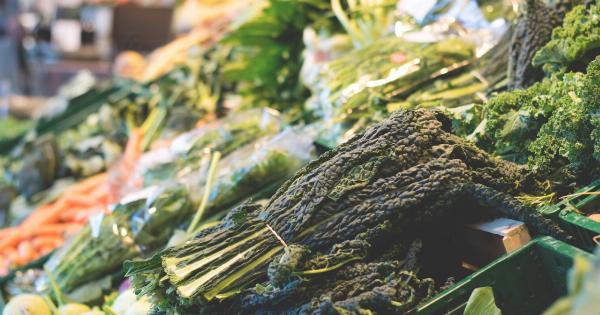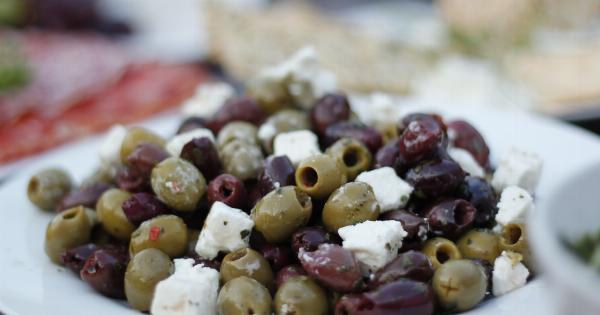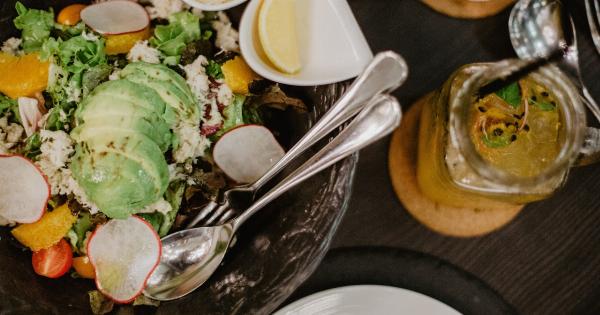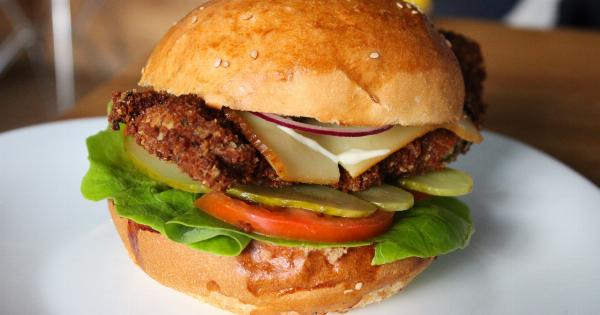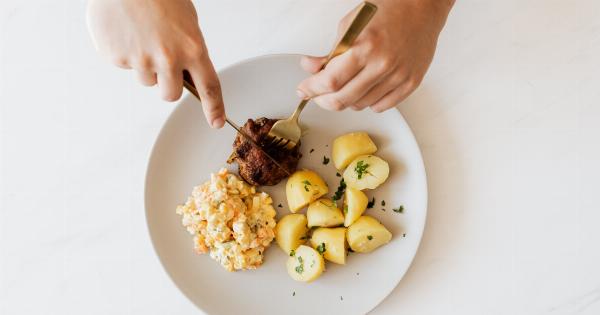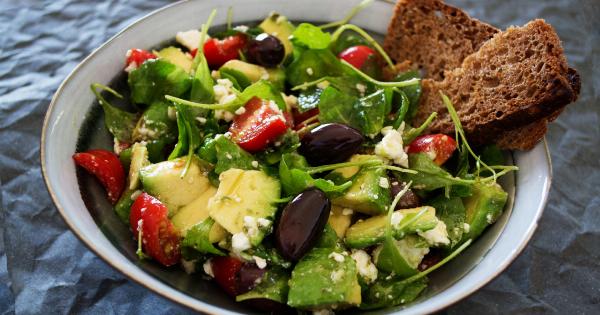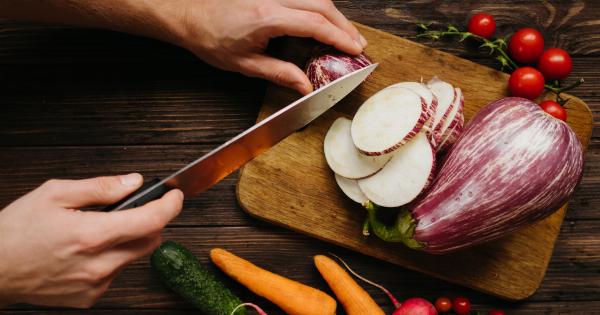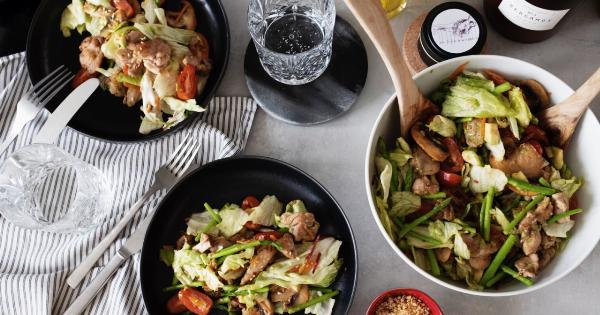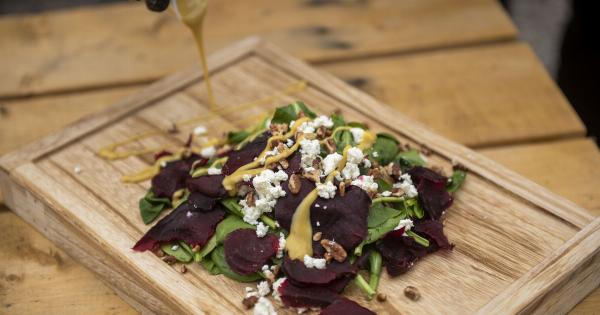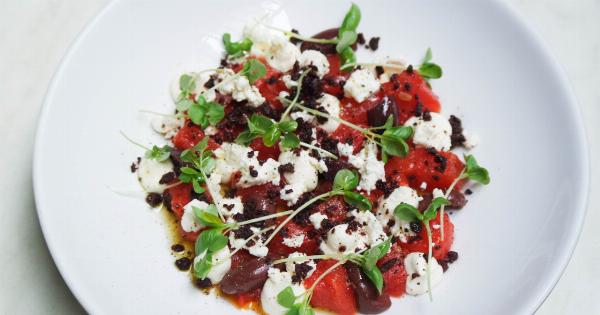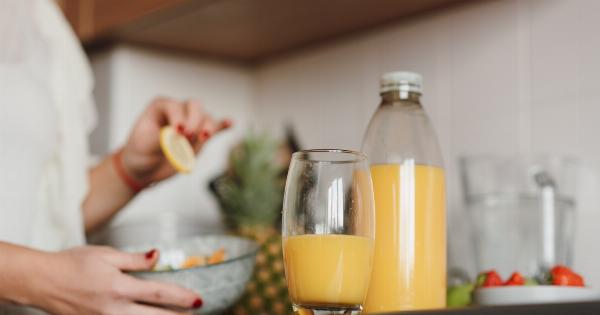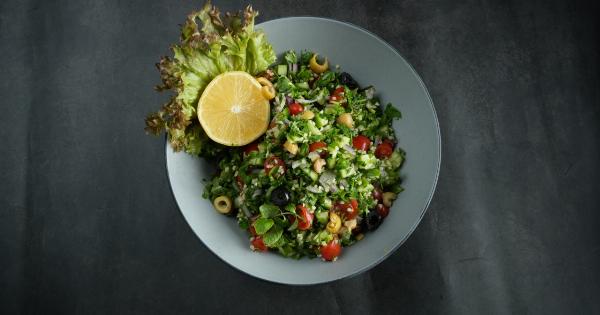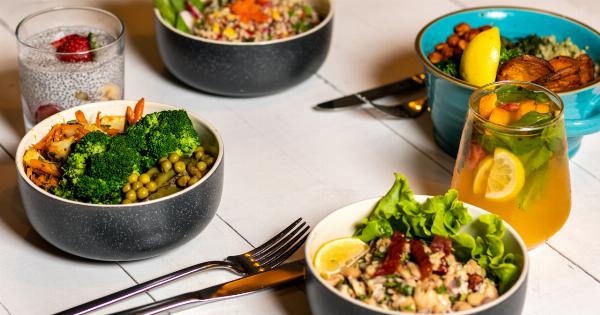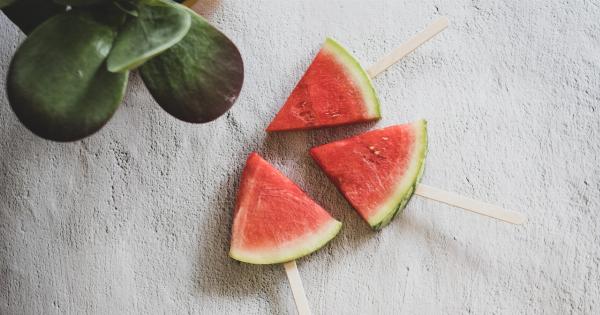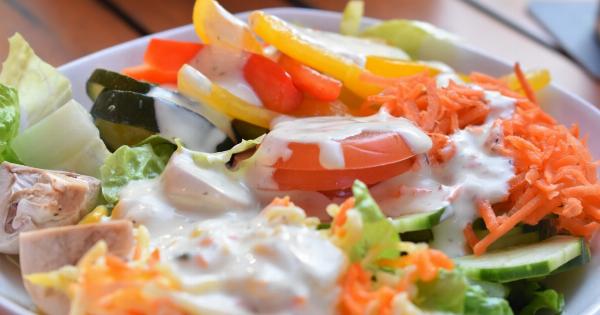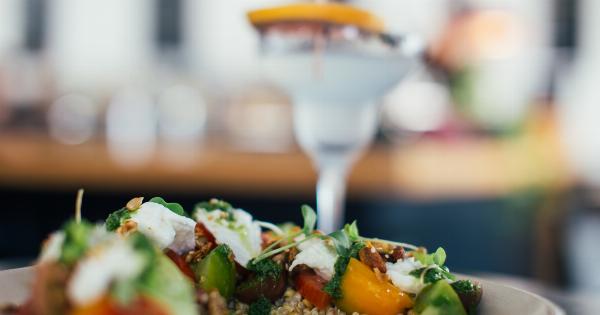Salads are supposed to be healthy, right? But have you ever ordered a salad only to find out that it has more calories than a burger? If you want to make sure that you’re creating a healthy and nourishing salad, here are some dos and don’ts you should keep in mind.
Do choose nutrient-dense ingredients
The key to a healthy salad is choosing ingredients that are nutrient-dense. This means that the ingredients are packed with vitamins, minerals, and antioxidants.
Some nutrient-dense ingredients include leafy greens, like spinach and kale, as well as colorful vegetables, like carrots, tomatoes, and bell peppers. You can also add protein-rich ingredients, like grilled chicken or tofu, and healthy fats, like avocado or nuts.
Don’t overload on dressing
Dressing can pack a lot of calories and fat, so it’s important to use it in moderation. A good rule of thumb is to use no more than two tablespoons of dressing per serving.
You can also try making your own dressing using healthy ingredients, like olive oil, lemon juice, and vinegar.
Do experiment with different textures and flavors
Salads can be boring if they’re all the same texture and flavor. Mix things up by adding different textures, like crunchy nuts or creamy avocado, and different flavors, like sweet fruit or tangy cheese.
You can also experiment with different herbs and spices to add more depth to the flavors.
Don’t add too many toppings
While it’s important to add variety to your salad, it’s also easy to go overboard with toppings. Stick to a few key ingredients, and avoid adding too many extras, like croutons or bacon bits.
These can quickly turn a healthy salad into a calorie bomb.
Do add a source of protein
Protein is an essential part of a healthy diet, and adding a source of protein to your salad can make it more filling and satisfying. Some good sources of protein include grilled chicken, tofu, hard-boiled eggs, and beans.
Don’t use processed ingredients
Processed ingredients, like packaged croutons or pre-packaged salad dressings, can be high in calories, sodium, and unhealthy additives. Stick to whole foods whenever possible, and try making your own toppings and dressings from scratch.
Do balance your macros
When creating a salad, it’s important to make sure you’re getting a balance of macronutrients – protein, carbohydrates, and fats. This will keep you feeling full and satisfied, and help you avoid cravings later on.
Aim for a mix of protein, healthy fats, and complex carbohydrates, like vegetables and whole grains.
Don’t be afraid to skip the lettuce
While lettuce is a staple ingredient in most salads, it’s not the only option. You can try using other greens, like arugula or watercress, or even skip the lettuce altogether and use roasted vegetables or grains as the base of your salad.
Do choose fresh ingredients
Fresh ingredients not only taste better, but they’re also more nutritious than canned or frozen options.
Try to choose seasonal ingredients whenever possible, and look for local and organic options to support your community and reduce the impact on the environment.
Don’t forget to pack it properly
If you’re taking your salad on the go, make sure to pack it properly to avoid wilted greens or soggy ingredients.
Keep the dressing on the side, and separate any crunchy ingredients, like nuts or croutons, in a separate container until you’re ready to eat.

